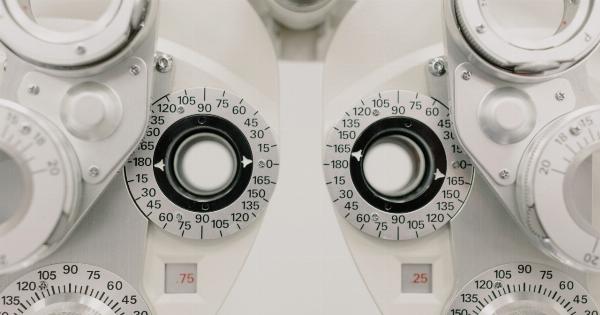Prostate cancer is the most common type of cancer affecting men in the United States. It is typically discovered through a screening called the prostate-specific antigen (PSA) test.
However, the PSA test has its limitations and can produce false positives, leading to unnecessary biopsies and treatments. To address this issue, a new prostate cancer detection test has been developed that is changing the game.
What is the Revolutionary Prostate Cancer Detection Test?
The new prostate cancer detection test is called the Prostate Health Index (phi). It is a blood test that combines three different tests to create a more accurate result. These tests include:.
- PSA – the familiar prostate-specific antigen
- p2PSA – a more specific PSA marker for prostate cancer
- fPSA – a test that measures the percentage of free PSA to total PSA in the blood
By using these tests in combination, the phi test is able to detect prostate cancer more accurately and with fewer false positives. It is especially useful for men who have borderline PSA levels or those who have had previous negative biopsies.
How Effective is the Prostate Health Index?
The phi test has been extensively studied and has been found to be more effective than the traditional PSA test in detecting prostate cancer.
In fact, multiple studies have shown that the phi test is up to 2.5 times more accurate than the PSA test alone at detecting prostate cancer.
Additionally, the phi test has been found to be useful in predicting the likelihood of aggressive prostate cancer. It can help doctors determine whether a biopsy is necessary and can aid in treatment decisions.
How is the Test Performed?
The Prostate Health Index is a simple blood test that can be performed in a doctor’s office or lab. The test requires a small amount of blood to be drawn from the arm and results are typically available within a few days.
This non-invasive test is much less stressful for patients than the traditional prostate biopsy, which requires taking a tissue sample from the prostate gland with a needle. Biopsies are invasive, uncomfortable, and carry a risk of infection.
Who Should Get the Prostate Health Index?
The phi test is recommended for men who have an elevated PSA or are at high risk for prostate cancer. It is especially useful for men who have had previous negative biopsies but still have concerns about prostate cancer.
Additionally, the phi test may be useful for monitoring patients with prostate cancer who have undergone treatment. It can help doctors determine whether the cancer has come back or has spread to other areas of the body.
The Benefits of the Prostate Health Index
The Prostate Health Index offers several benefits over traditional prostate cancer screening methods, including:.
- Increased accuracy in detecting prostate cancer
- Reduced risk of unnecessary biopsies and treatments due to false positives
- Non-invasive and painless testing
- Helps determine the likelihood of aggressive prostate cancer
- Useful for monitoring patients who have undergone treatment for prostate cancer
Final Thoughts
The Prostate Health Index is a revolutionary new test that is changing the way prostate cancer is detected and diagnosed.
Its increased accuracy and reduced risk of false positives make it an excellent option for men at high risk for prostate cancer or those who have had previous negative biopsies.
If you think you may be at risk for prostate cancer, talk to your doctor about whether the Prostate Health Index test is right for you.



























